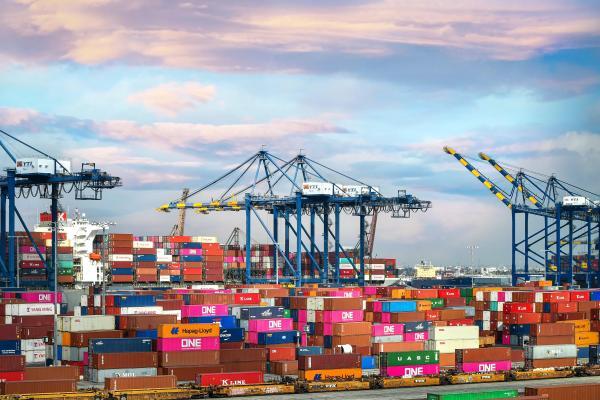What is LTL - and How Does it Work?
Small businesses have become a vital part of the UK’s economic infrastructure, with technological advancements paving the way for start-ups to use digital space for quicker, more effective product development and launch cycles. New entrepreneurs are well-heeled in digital technologies and marketing strategy, but less so with regard to the more tangible elements of running a product-centred business model. LTL is a term with which growing business leaders should be familiar – but why?
What is LTL?
LTL is a freight-and-logistics industry abbreviation, short for ‘Less-than-TruckLoad’. It is a term used to describe a specific shipping service, wherein the products or materials being shipped would not fill a full trailer or shipping container.
Businesses that use LTL shipping might be small businesses breaking into national distribution, or manufacturers/suppliers supplying materials in batches made or combined to order. LTL shipping is also popular amongst larger businesses with continuous production schedules, where raw materials can be ‘topped-up’ in-situ – reducing the risk of complete stock depletion while waiting for full replenishment.
How Does LTL Work?
LTL shipping, from the outside, does not seem like a hugely viable form of shipping. Theoretically, the cost to ship LTL would be equivalent to filling a full trailer and shipping that – at least, in terms of conventional road haulage.
LTL shipping is made possible as a result of multi-node shipping networks that improve regionality. Transport vehicles are near-constantly in circulation between the regional ‘spokes’ of a distribution network, with a central national hub used to manage certain transfers or haulage needs. On top of this, multiple shipments are handled in one journey.
The Pros and Cons of LTL
LTL has its obvious benefits, particularly with regard to the stratospheric rise of small businesses and start-ups in the UK. The new normal of e-commerce has enabled LTL shipping to become a norm of its own, allowing smaller businesses to distribute nationally while also allowing smaller retailers to receive wholesale produce without having to buy above their reach.
The key downside, though, is time. A manufacturer or retailer might want to place customer convenience as their highest priority through offering same-day delivery – something that LTL shipping can inhibit, through the necessary planning and logistics central to it. Even if customer experience is not the highest priority, the time a palletised shipment can take could be detrimental to the fostering of new business relationships.
Utlimately, LTL shipping allows road haulage at a scalable cost, at the expense of speed or convenience. It can be used to great effect, but needs to align with a business’ intentions and framework. There may be better alternatives, and better-costing alternatives, depending on your industry and competition.

